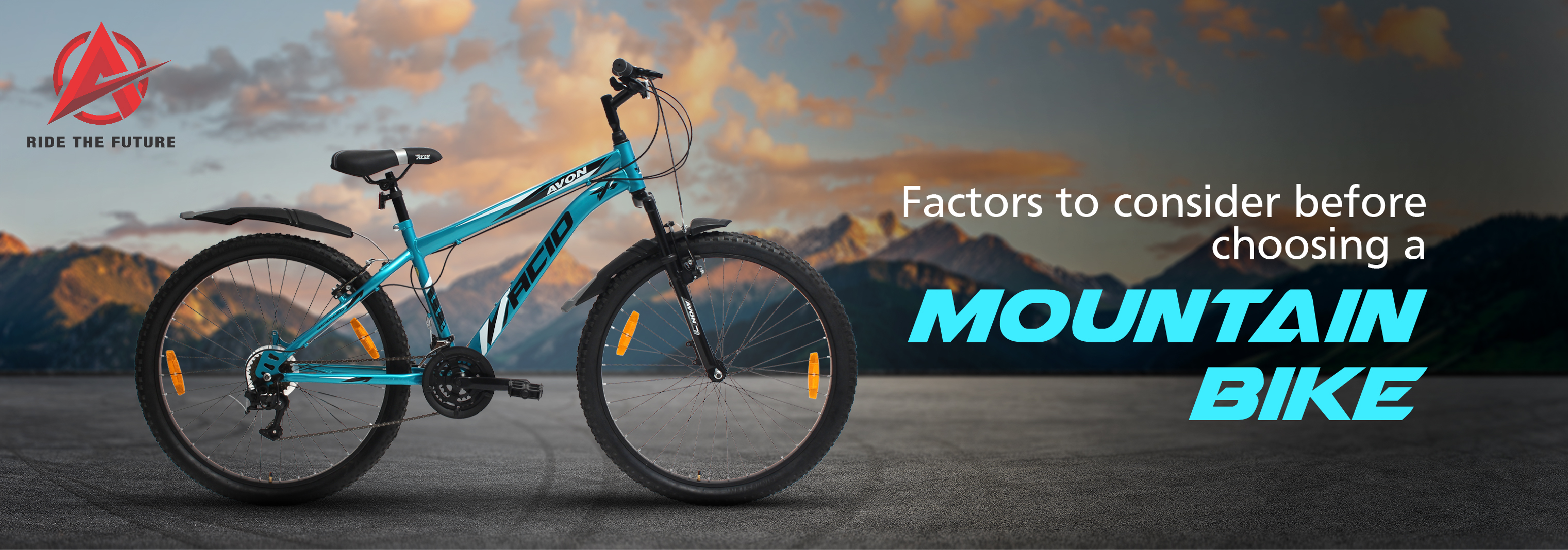 2024-07-30
2024-07-30
5 Read
Choosing the right mountain bike cycle takes work for all riders. It's the proper exercise for every rider to consider every quality before buying the perfect mountain bike. In this blog, we are sharing the ideal mountain bike guide that can help you to choose the right one. Let's understand!
1. Determine Your Riding Style
The design reflects your personality.
Selecting the right style is an essential part of any purchase. Always understand your choice and style requirements before buying any mountain cycle because the more comfortable you are with design and Style, the more comfortable you will ride. You can easily ask these questions before purchasing.
2. Frame Material
Do you know that most MTB bikes are produced from aluminum, carbon fiber, steel, or titanium? These super materials are best for production and have a different quality that helps to maintain the durability of other factors such as weight, stiffness, and cost.
Check out the quality

3. Bike Suspension
Bike suspension is essential for absorbing shocks and impacts, improving control and comfort.
Three primary categories exist: -
Rigid- No suspension, appropriate for riding in the city or on flat trails.
Full Suspension - Front and rear suspension offer top comfort and control on rough terrain, ideal for downhill and enduro biking.
4. Wheel Size
Mountain bikes are usually equipped with 26-inch, 27.5-inch, or 29-inch wheels. Every size comes with its benefits:
5. Components and Group set
A good MTB ride depends on perfect brakes and balance because these qualities impact your ride and durability. Avon Cycle offers high-quality group set with smoother shifting, reduced weight, and enhanced durability.
6. Fit and Size
A properly fitted bike is crucial for comfort and efficiency. An ill-fitting bike can cause discomfort, inefficient pedaling, and decreased control. Consult professionals at a local bike shop to select the correct frame size and adjust for a comfortable riding position.
7. Budget
Budgeting is essential when buying a Mountain bike. Analyze your budget based on brand, frame material, components, and technology. Determine a reasonable budget and prioritize your needs accordingly. Invest your money in the right things to offer long-term durability and performance.

Conclusion
Always consider factors before buying any ride, such as Style, frame material, suspension, wheel size, components, fit, and budget. Always take a test ride 3-4 times to ensure the material's durability.